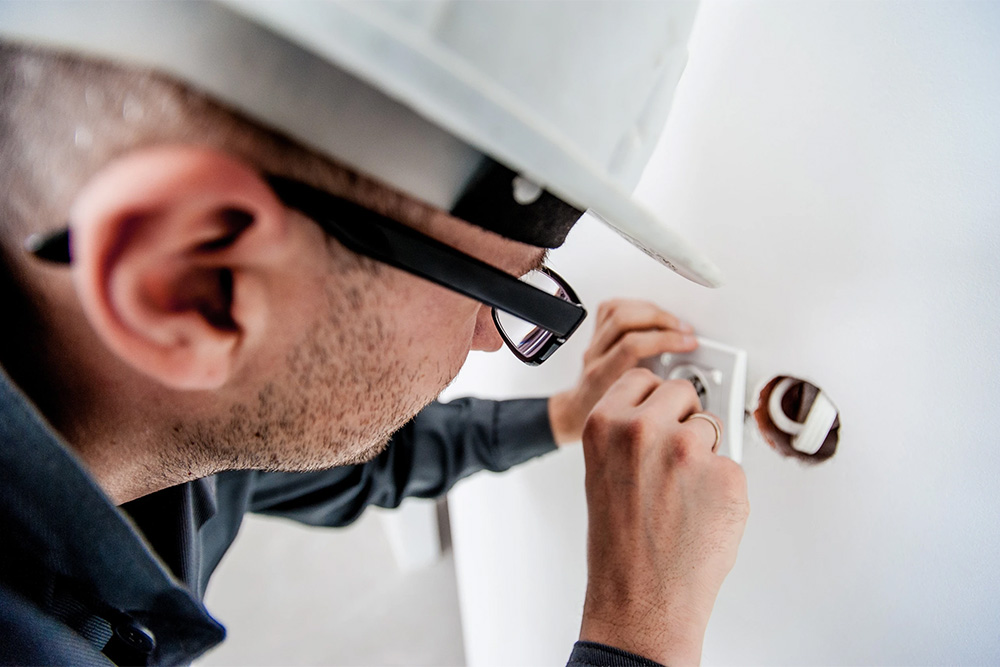
Proactive service tries to get ahead of the problems before they exist to react to. Photo courtesy of Jarmoluk for Pixabay
With all kinds of service calls, packed schedules, and constantly changing demands on businesses, it’s easy to slip into what we call (and what feels like) reactive service. Reactive service happens when businesses, and all their moving parts, react to individual changing circumstances on the fly, as they’re happening in real-time. Putting out fires as they come up. While this can work for a while, it’s putting a band-aid on the real problems rather than solving the underlying issues, and can become taxing on the business and the people working within it. Reactive service is high-stress, immediate action, and hopefully should be reduced to emergency situations only. What works better for both customers and service providers, is proactive service.
While reactive service is just that, reactionary, proactive service tries to get ahead of the problems before they exist to react to. Proactive service is about anticipating the needs, or problems, of your clients before they know they exist, and before they have to contact you for help. This could be as simple as updating a client on when their technician will arrive for their emergency service call, more in-depth with scheduling regular maintenance to ensure units are operating to standard, or alerting clients of recalls, changes to safety standards, or other adjustments as they happen. All this attention to detail before a client has to ask for it can be a serious game-changer for your clients. Building proactive service helps your client build trust in your competence, which builds loyalty to you as a service provider!
Proactive service is when the company reaches out before the client, reactive service is when the client reaches out to the company with their issue. As Amanda Roosa puts it in her blog about proactive customer service, “Waiting for a customer to notify you of a problem is like waiting for your houseplants to start wilting before you water them – the damage is done.” By implementing proactive service, you’re attending to the client’s needs before they demand them, saving the client time and effort. Overall, this effort results in a more positive customer experience, and that’s the key to making positive moves for your business!
Even though proactive service is beneficial, it’s definitely not possible to anticipate every single emergency, problem, or need your clients have. Identifying the areas where proactive service can help your business, and implementing it with your employees, will help reduce the areas where reactive service is necessary to make things happen. Providing that proactive service proves that you and your team want to go above and beyond for your customers, while also maintaining a business flow for you (through things like regularly scheduled maintenance), and reducing the amount of calls solving emergency situations. Keep that rapid response capability in your reactive service, but let working proactively take some of the stress away from your response team!